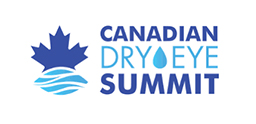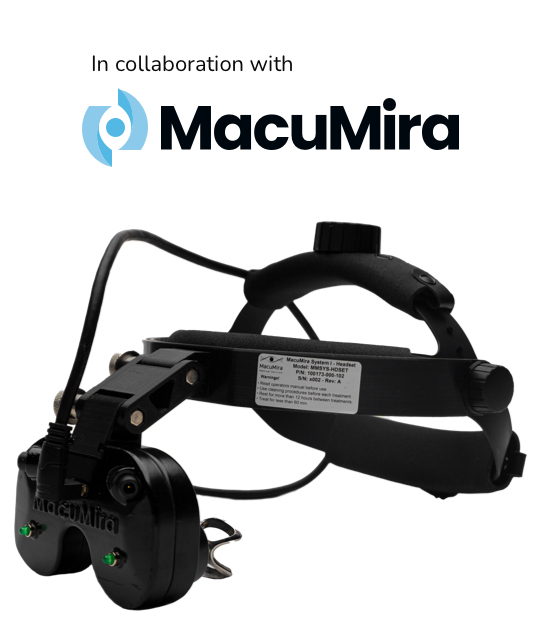You just invested in a beautifully designed, mobile-responsive (of course), quick and effective website. You are confident that once people reach your site, they will be wowed. It will instill trust in your business and your products.
Think of your new website as a newly renovated brick and mortar store, hidden away on a discreet side-street. Your hard work is complete, and you can’t wait to share it with the world! But how are you going to get it all of the love and attention it deserves? I’m going to walk you through the fundamentals and give a quick overview of a few of the digital tactics you can use to drive traffic to your website.
Establishing Your Marketing Foundations
Before you invest in any type of advertising, you will need to determine what your main objectives are. Are you looking to increase awareness about your products or services? Do you want to advertise a specialty service? Is your main goal to book more appointments? Do you want to retain current patients? Once you figure out your overall objectives, you’ll be able to determine which tactics will best support them.
Driving Traffic to Your Website
Now that you’ve established your objectives, it’s time to get to work and start testing various tactics to drive visitors to your website.
Pay-Per-Click Adwords
This type of advertising is useful when you’re offering a product or a service that people are actively searching for. These ads are hyper-targeted, and if set up properly, can be very cost effective. I won’t get into too much detail, as this tactic alone can be broken down into several of its own blog posts, but the point is that Adwords puts your business in front of people as an option when they’re already actively searching for something you’re selling. On top of that, you only pay for your ad when someone is enticed enough to click on it.
Something to consider: Will this type of advertising be profitable for what I’m selling? You need to evaluate the competition online (i.e. who else in your industry is doing this type of advertising) as this will be a determining factor for how much you pay per click. You’ll also need to figure out your website conversion rate. This means, how many clicks on your ads (or visits to your website) will result in a sale? For example, if your average click costs $5 and only 1 in ten clicks turns into a sale, you better hope that what you are selling costs a lot more than the $50 you just spent for a single conversion.
On the flip side, if you find a formula that works with your bottom line, and the search volume is there, spending more money on this avenue of advertising can result in exponential growth for your business.
Social Media
Social media is a great avenue to drive traffic back to your website. Of course, it takes time to grow your following on social media in order for this medium to be truly effective. But if you continue to put out compelling content, linking back to your website to receive more information, this can be a winning tactic. If you haven’t spent the last few years perfecting your social media game, do not despair! You can speed things up by paying for ads on these platforms that are targeted to your ideal demographic.
Video/ YouTube Marketing
Video marketing is on the rise and for good reason. Having two senses stimulated (sight and sound) vs. a static image definitely helps make your brand memorable, and helps to get your message across more effectively. Studies show that people prefer to digest information in video format, but remember to keep it short and to the point! On average, most videos only get 10 seconds or less of the audience’s attention. Make sure you inspire your audience to take action; don’t lose sight of your overall goals here. That’s the perfect segway to my next point.
Measuring Performance
I already briefly touched on measuring your results, but I thought it would be helpful to take the time to outline some examples of metrics you track so you can ensure your marketing investment is worth your while.
Conversion Tracking
The first step is to define what a conversion means to your business. A conversion is something that you have deemed as a valuable action for a user to take on your website.
For example, if your main marketing goal is to book appointments, a few conversions to track could be the number of phone calls to your business from your paid marketing efforts or the number of online “request appointment” forms being filled out online.
You can set up and track your conversions on your website through tools such as call tracking numbers and Google Analytics. They help you determine the user’s journey after clicking on your ad landing on your website. These tools are absolutely necessary for determining the overall success of your marketing efforts.
KPIs to Watch For
Depending on the type of tactic you use, the KPIs (Key Performance Indicators) will vary. I will touch briefly on the KPIs that I suggest you focus on for the tactics we’ve already covered. These are, of course, not the only KPIs to track, but are some of most helpful in determining overall success.
Pay-Per-Click Adwords
- CTR (click-through rate): This is the number of people who saw your ad vs. the number of people who clicked on it. Average CTRs vary greatly from industry to industry, so be sure to research the averages in your industry before making any assumptions. An average CTR for search ads in the eye care industry, for example, is 3.6%
- CPA (cost-per-action or cost-per-conversion): Essentially, how much it costs to get a conversion. Conversions can be app downloads, the number of subscribers to your newsletter, phone calls to your business, etc.
- Conversion Rate: The percentage of website visitors that turn into conversions. The conversion rate is an indicator of 2 things: the quality of traffic going to your site and the ability of your site to close or “convert” visitors
Social Media
- Engagement: This is the number of people who interacted with your content. This varies from platform to platform but includes things such as number of likes, comments and shares.
- Reach: This is the number of people that viewed your content. This includes metrics such as number of impressions and page followers.
- Conversions: As previously mentioned, this is whatever you decide is valuable to your business. Conversions are really the bottom line, because although you could have a lot of followers and engagement with your social media posts, if those people never turn into customers then your efforts may have been wasted
Video / YouTube Marketing
- Views: How many people watched your video. On Youtube, this means around 30 seconds of information has been watched. But be warned, each platform counts views differently, so you may have different results depending on where you publish the video.
- Subscribers: How many people subscribe to your channel. A lot of subscribers would indicate good, valuable content, as subscribers are telling you they want to see any new content that is published by your business
- Shares: How many people shared your video with their friends, family or colleagues.
- Conversions
But Wait… There’s More!
In our follow up post we’re going to dive into on-site SEO, how to optimize for maximum rankings in Google, and how to empower your marketing by making use of your blog. Stay tuned!
































